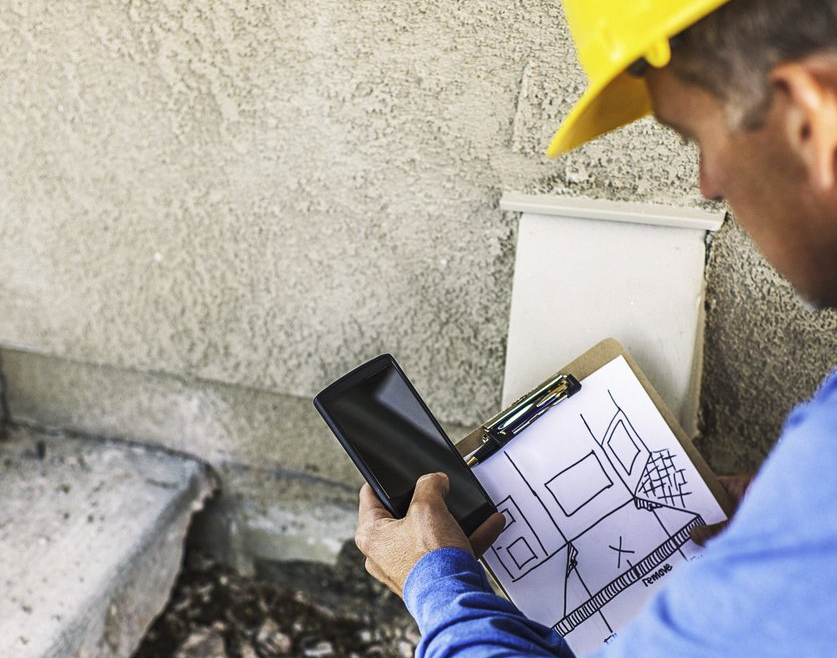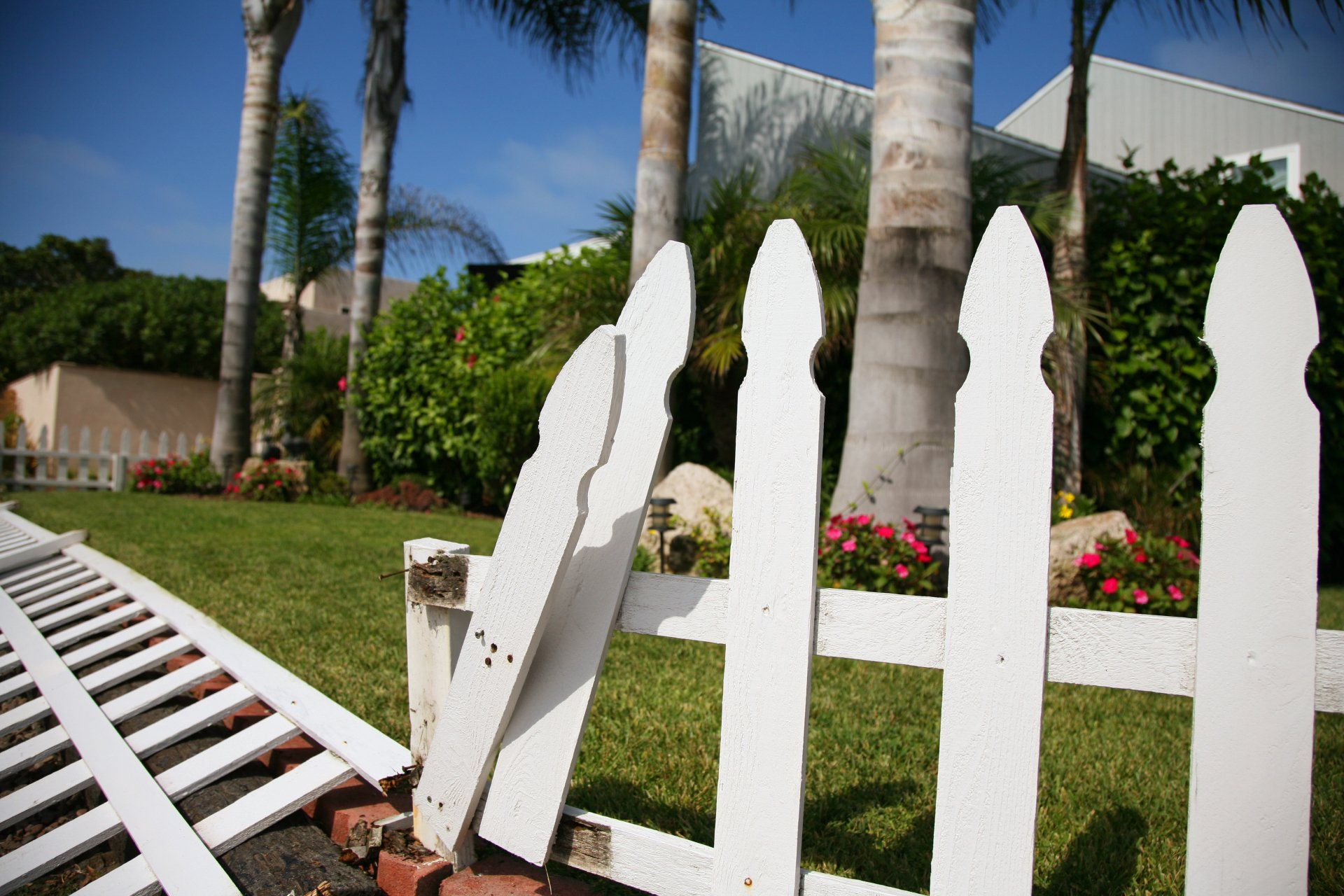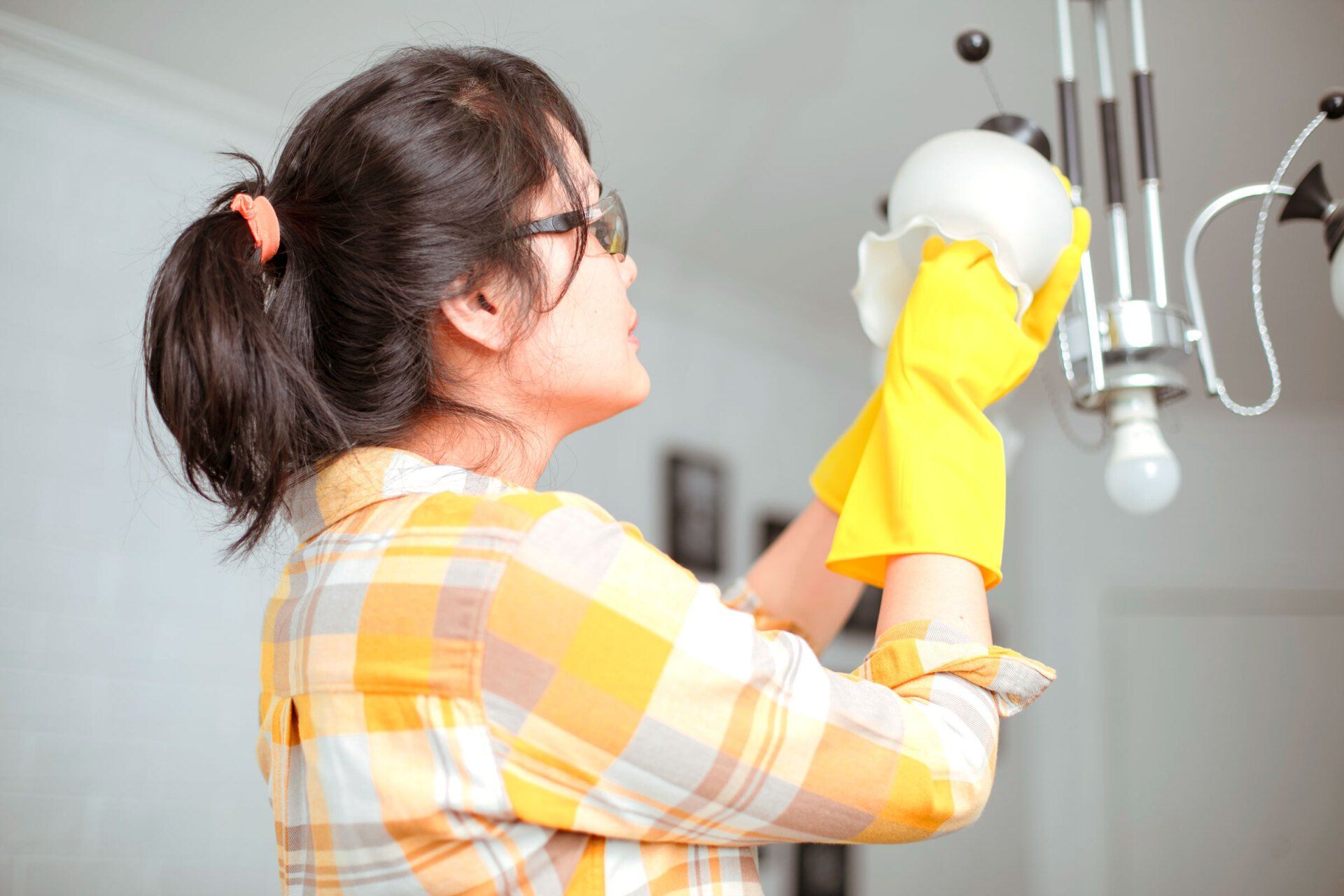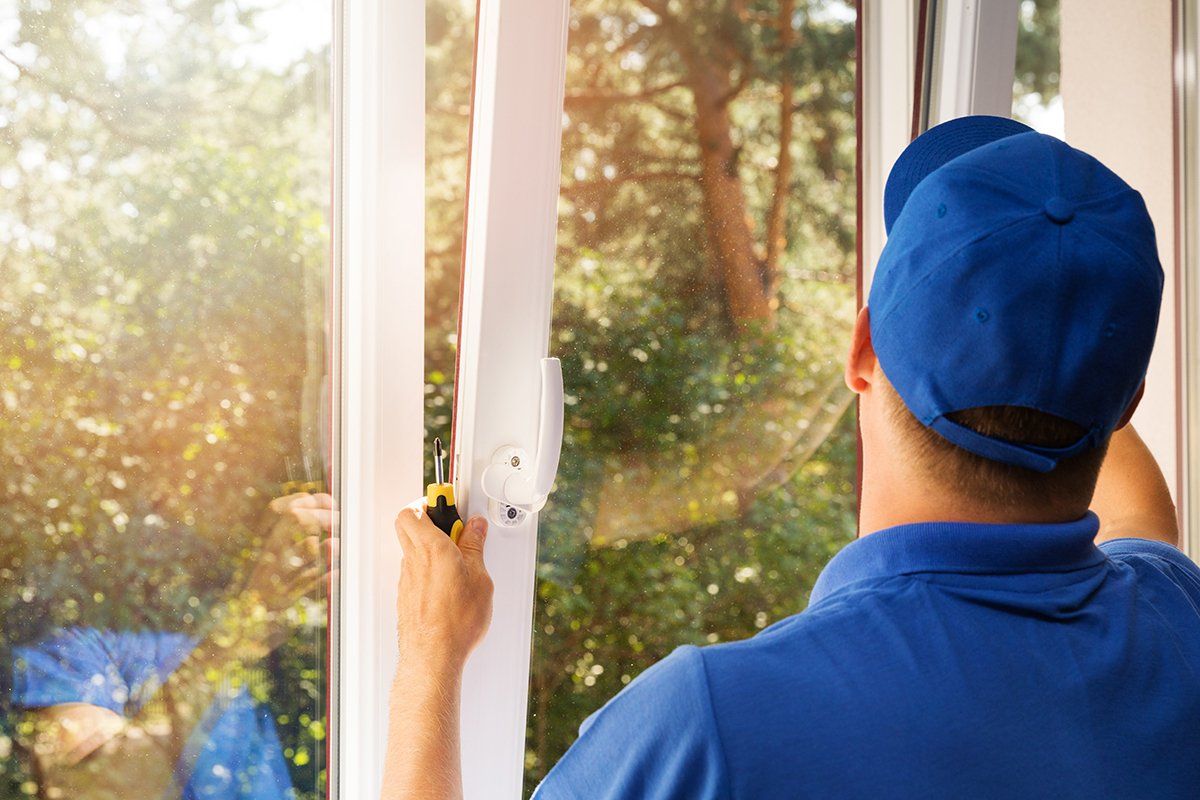Do I Need a Property Condition Report When Renting out My Property?
Yes, You Need a Property Condition Report

If you’re new to renting out your property, you may be wondering if you really need a property condition report. According to the property management experts at Locations, the answer is: Yes! You really do need to document the condition of your property before your tenants move in if you want to spare yourself time and expense down the road.
A property condition report can help to identify items that require repairs or improvements prior to tenant occupancy. Showing your property in its best light can help you to charge higher rental rates and secure longer-term tenants. Thorough documentation of your property’s condition will also help to minimize disputes over security deposits or damages with tenants.
What is a property condition report?
A property condition report is simply an inventory of your rental property’s condition before your tenants move in. Locations Property Management makes the process easy by providing a standardized property condition report .
How to write a property condition report
An in-depth property inspection should take place when the property is vacant. Using the standard property condition report , you’ll state the condition of the property’s features, including flooring, windows, window coverings and more. You’ll want to identify items that require repairs or improvements prior to placing a tenant. When writing your property condition report, be as detailed as possible in your descriptions, and don’t leave any fields blank.
In addition to a written description of the home’s features, you’ll also want to take photographs of every item included in your report. Photos will help to further describe the condition of your home’s features.
Pro-Tip:
Use the same property condition report at your annual property inspection to compare the property’s condition at the beginning and end of the lease period. Ideally, the property’s condition should be the same, with the exception of normal wear and tear or improvements made during tenancy. Repeat this same process with every set of new tenants.
Don’t forget appliances and furnishings!
In addition to taking inventory of your property’s features, you’ll also want to document the condition of its appliances. Be sure to take photos of all appliances and record the make and model of each item. Display appliance tags, which show their make and model, near the appliance (such as under the kitchen sink for the dishwasher). Having the appliance tag handy will make it easier to repair or replace the item if needed. When your tenants move out, you can also use the appliance tags to verify that the appliances you purchased are the ones in the unit—unfortunately, some unscrupulous tenants have tried to replace original appliances with cheaper appliances in hopes that the owner or property manager won’t notice.
If you’ll be including furnishings with your rental property, be sure to document and photograph the condition of all items you’ll be including, such as beds, tables, chairs and couches.
The final walk-through
Once you’ve completed a property condition report for your vacant unit, you’ll want to conduct a walk-through with your tenant on their move-in date. If it’s not possible to schedule a walk-through, the tenants should be allowed seven days to report any discrepancies in the property condition report. Finally, make sure that your tenant signs the property condition report to acknowledge that they agree with the descriptions included in the report.
Leave it to the pros
If taking a detailed inventory of your property’s condition sounds like a lot of work—or you’re not based in Hawaii—contact the property management experts at Locations! Our experienced property managers can inspect your property, thoroughly document its condition, suggest and coordinate repairs and improvements, and conduct a final walk-through with your tenants. Our property managers can handle all of the related paperwork, too.
Remember, it’s well worth your time to record the condition of your rental property before your tenants move in; you’ll save yourself more time (and money) in the long run.
Property Management Articles











